Latest Blogs
Informations from BOSCO
Malnutrition: India’s battle with hunger
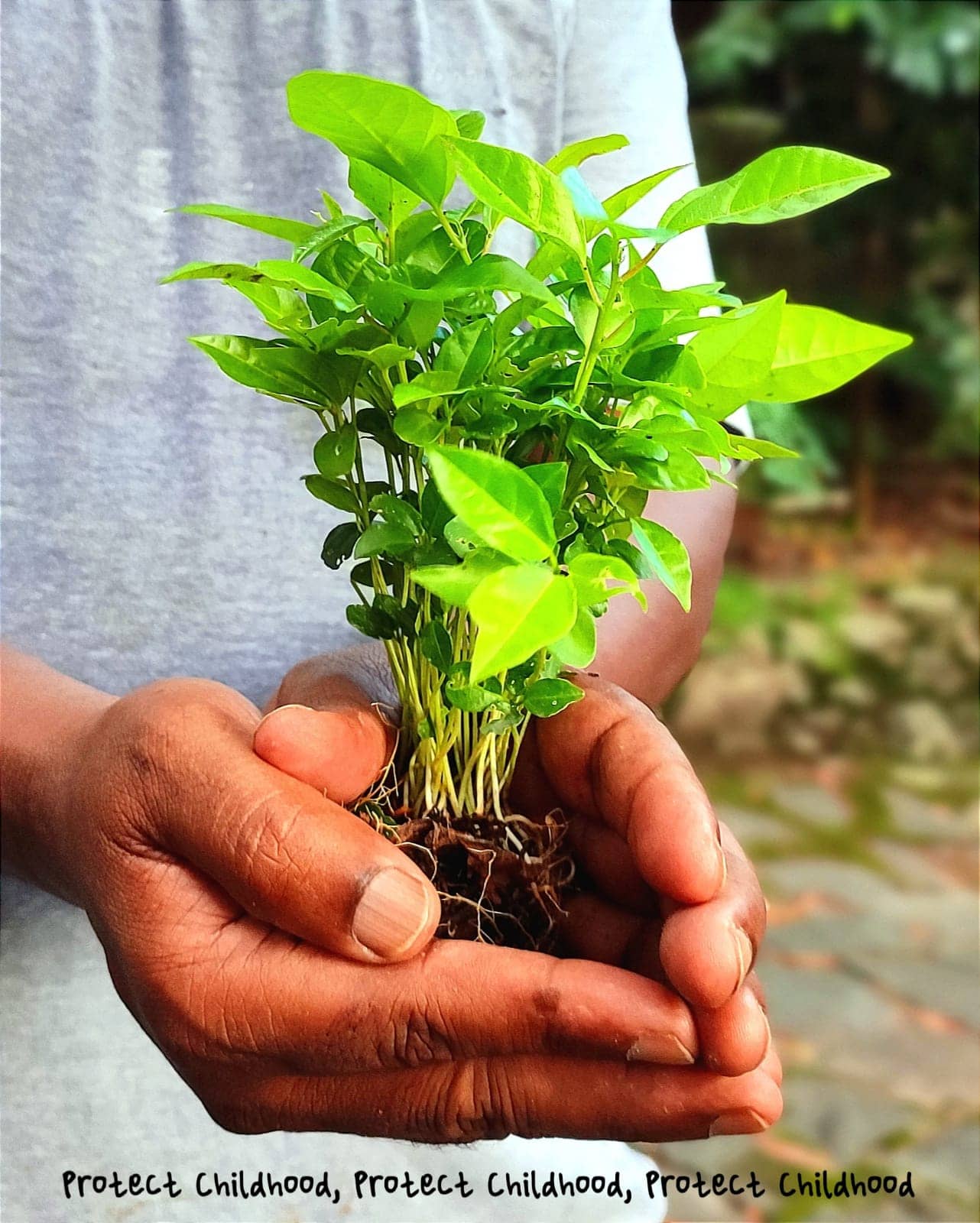
BOSCO
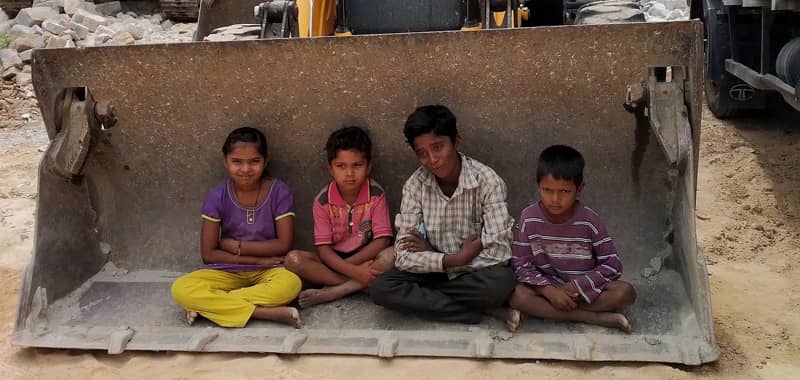
India is home to 215.6 million acres of gross irrigated crop area; the largest in the world, but paradoxically 14.5 percent of its population is undernourished. The first set of findings of the latest fifth round of the National Family Health Survey (NFHS) released for 22 out of 37 states and union territories in India, indicates a worrying trend in child undernutrition.
Malnutrition refers to deficiencies, excesses or imbalances in a person’s intake of energy and/or nutrients. Stunting, wasting, micronutrient deficiencies, underweight, are all issues that arise from a lack of proper nutrition. Poverty, inability to get the required amount of nutrition, incapacity to sustain a nutritious diet for a prolonged period of time, easier and cheaper access to food with low nutrient value and empty calories, a lack of awareness about the importance of proper dietary intake, long-term climate change, are all contributors to malnutrition. Malnutrition in children can not only have prolonged physical effects, but can also affect cognitive and motor development. Studies suggest that the damage to physical and cognitive development during the first two years of a child’s life is largely irreversible. Children are not the only subset of society susceptible to malnutrition. Research shows that malnutrition and anaemia are common among Indian adults as well. Undernutrition in pregnant women is a particularly worrying aspect, as it can lead to fetal and infant mortality, low birth weight, premature births, increased risk of infection etc.
Combating malnutrition is vital in bringing up a future generation that can realize its full potential. Though Government schemes like the Integrated Child Development Services (ICDS), National Food Security Act, Mid-Day Meal Programme, the recent joint effort by the Ministries of Women and Child Development and AYUSH to develop nutrigardens in anganwadis etc., have played a major role in reducing malnutrition in the country, there is so much more to be done till the full extent of the problem can be addressed. Non governmental organizations are also actively involved in finding solutions to India’s perennial hunger crisis. Organizations like ‘No Food Waste’ and ‘Feeding India’, who redistribute excess food from weddings and other functions to those who most need it, are innovations that were birthed from the need to bridge the gap between plenty and scarcity. In a country of 139 crore people, it would take the combined effort of the Government, NGOs and every individual citizen, to ensure that India does not sleep on an empty stomach.


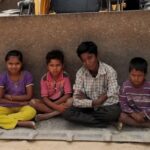




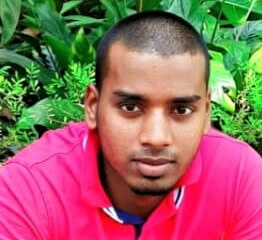
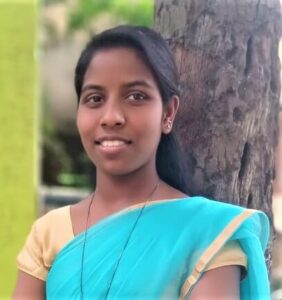

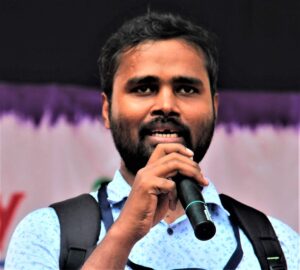
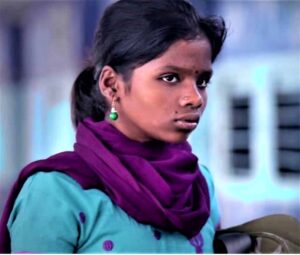


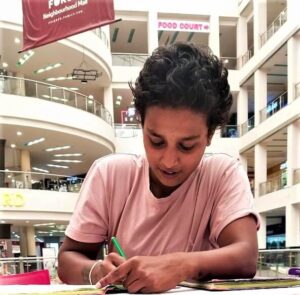

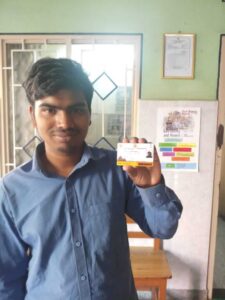







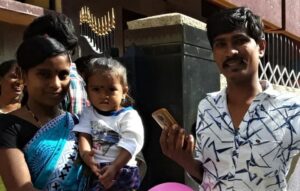


Leave a Reply